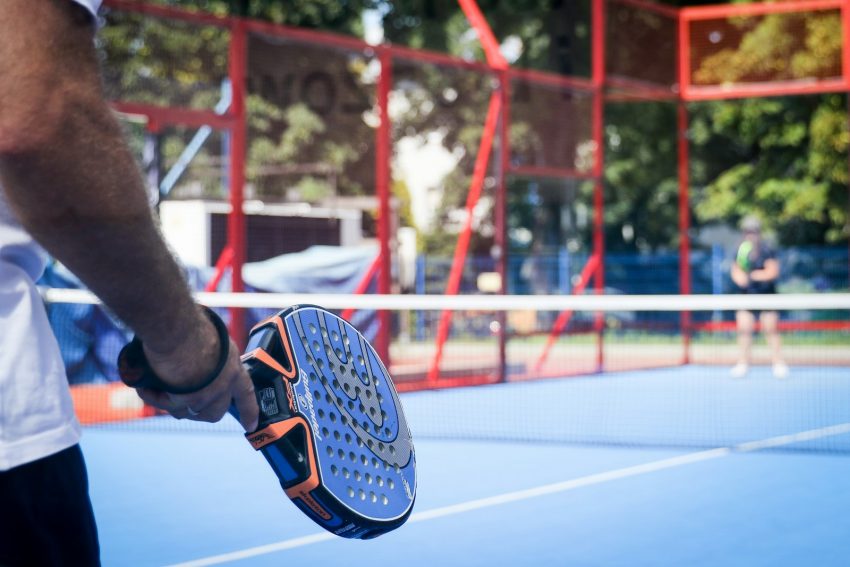Padel, a dynamic and exciting racket sport, has soared in popularity in Spain, earning the distinction of being the country’s second most popular sport after soccer. According to the Spanish Padel Federation, there are more than 3.5 million players in Spain, highlighting the sport’s widespread appeal and rapid growth. Let’s delve into the factors contributing to the rise of padel and its impact on Spanish sports culture.
What is Padel?
Padel is a racket sport that combines elements of tennis and squash. It is typically played in doubles on an enclosed court slightly smaller than a tennis court. The game is characterized by its fast pace, strategic play, and the use of walls, which adds an additional layer of complexity and excitement. Padel is known for being accessible and easy to learn, making it popular among people of all ages and skill levels.
The Popularity Surge
Several factors have contributed to padel’s surge in popularity in Spain:
- Accessibility: Padel courts are widely available throughout Spain, from urban centers to rural areas. The sport requires less space than traditional tennis, making it easier to install courts in diverse locations, including schools, clubs, and public parks.
- Social Aspect: Padel is inherently social, as it is primarily played in doubles. This encourages social interaction and camaraderie among players, making it an attractive recreational activity for friends and families.
- Ease of Play: Padel is relatively easy to pick up, even for beginners. The smaller court size and the use of walls make rallies longer and more enjoyable, which keeps players engaged and motivated to improve their skills.
- Professional Success: The success of Spanish players on the professional padel circuit has also fueled interest in the sport. Prominent Spanish padel players have achieved international recognition, inspiring a new generation of athletes.
The Role of the Spanish Padel Federation
The Spanish Padel Federation (Federación Española de Pádel) plays a crucial role in promoting and organizing the sport. With over 3.5 million players registered, the Federation supports various initiatives, including:
- Organizing Tournaments: The Federation oversees a wide range of competitions, from local tournaments to national championships, providing opportunities for players of all levels to compete and showcase their talents.
- Youth Development: Programs aimed at nurturing young talent are essential for the sport’s growth. The Federation supports youth academies and training programs to develop future champions.
- Community Engagement: Efforts to make padel accessible to everyone, regardless of age or background, are a key focus. This includes partnerships with schools and community centers to introduce the sport to new audiences.
The Economic Impact
Padel’s popularity has also had a significant economic impact in Spain. The construction of padel courts, the sale of equipment, and the hosting of tournaments contribute to local economies. Additionally, padel clubs and facilities generate employment opportunities and stimulate tourism, particularly when hosting major events.
The Future of Padel in Spain
The future of padel in Spain looks incredibly promising. The sport’s rapid growth shows no signs of slowing down, with more people discovering the joys of playing padel every day. Innovations in coaching, technology, and facilities will continue to enhance the player experience, while the Federation’s efforts will ensure that the sport remains inclusive and accessible.
Conclusion
Padel’s rise to become the second most popular sport in Spain is a testament to its broad appeal, accessibility, and the vibrant community it fosters. With more than 3.5 million players, padel has firmly established itself as a staple of Spanish sports culture. As the sport continues to grow and evolve, it will undoubtedly bring even more excitement and opportunities to players and fans across Spain.

